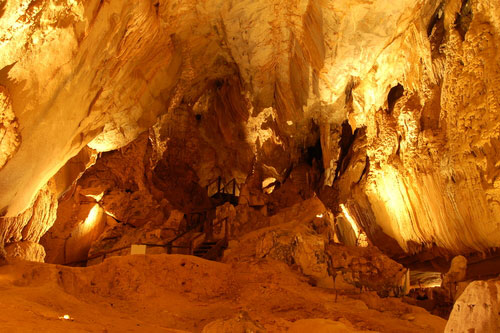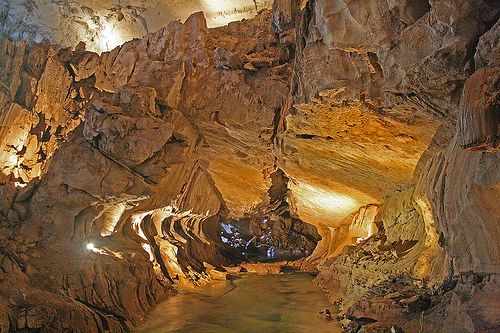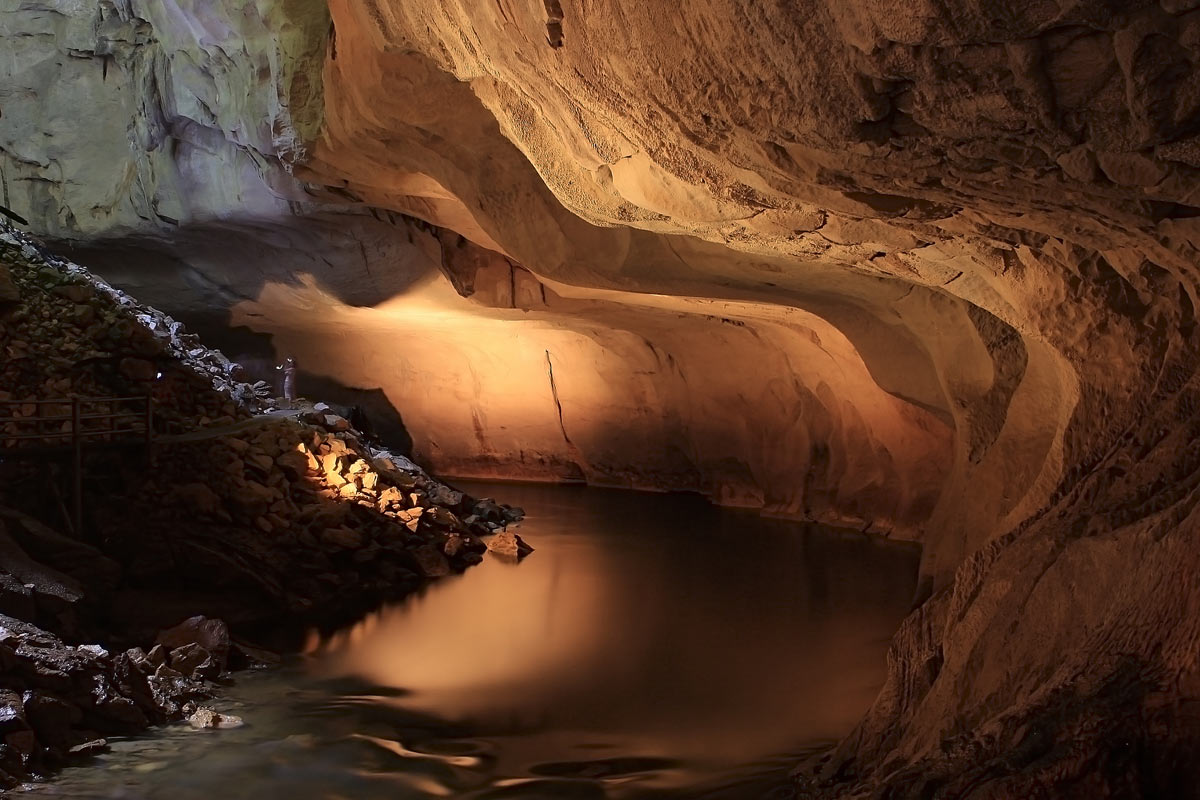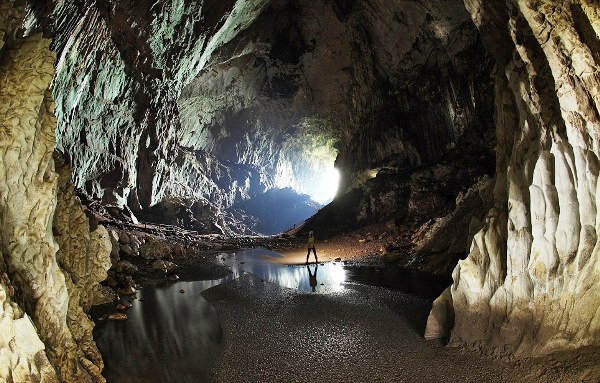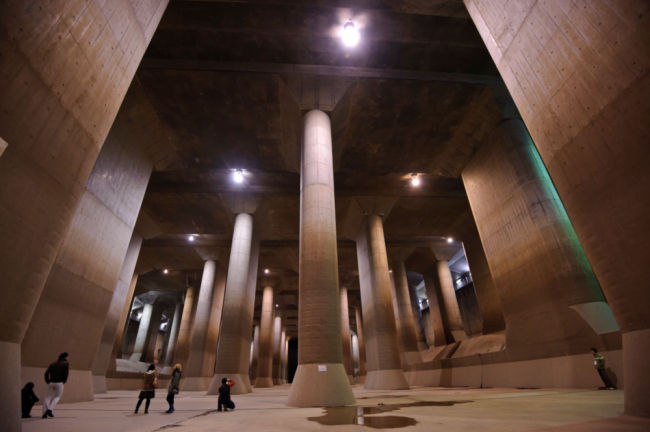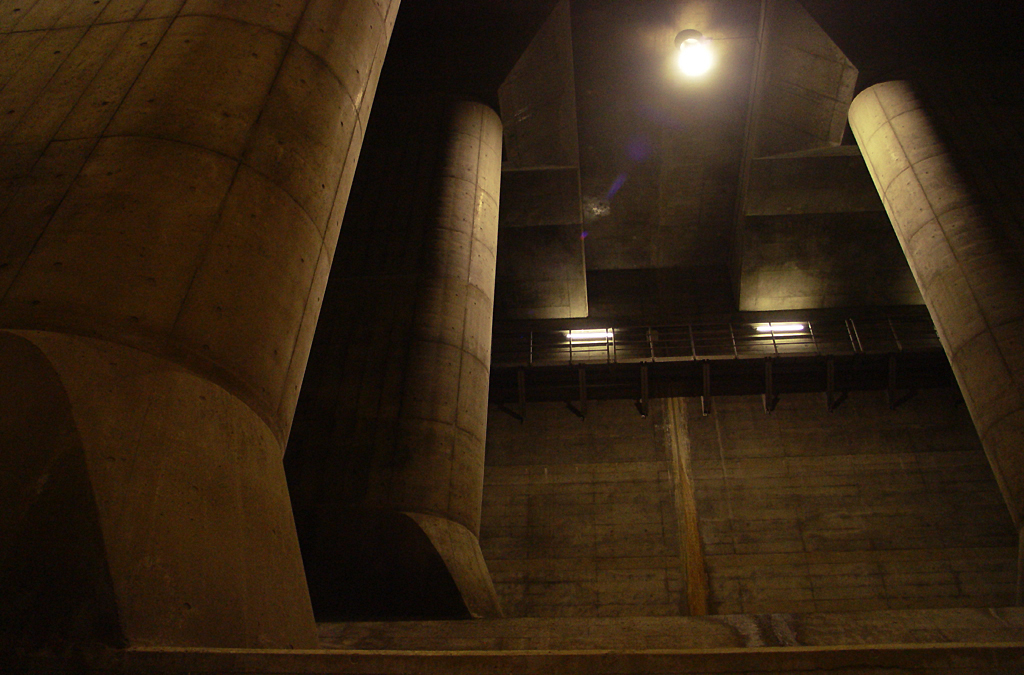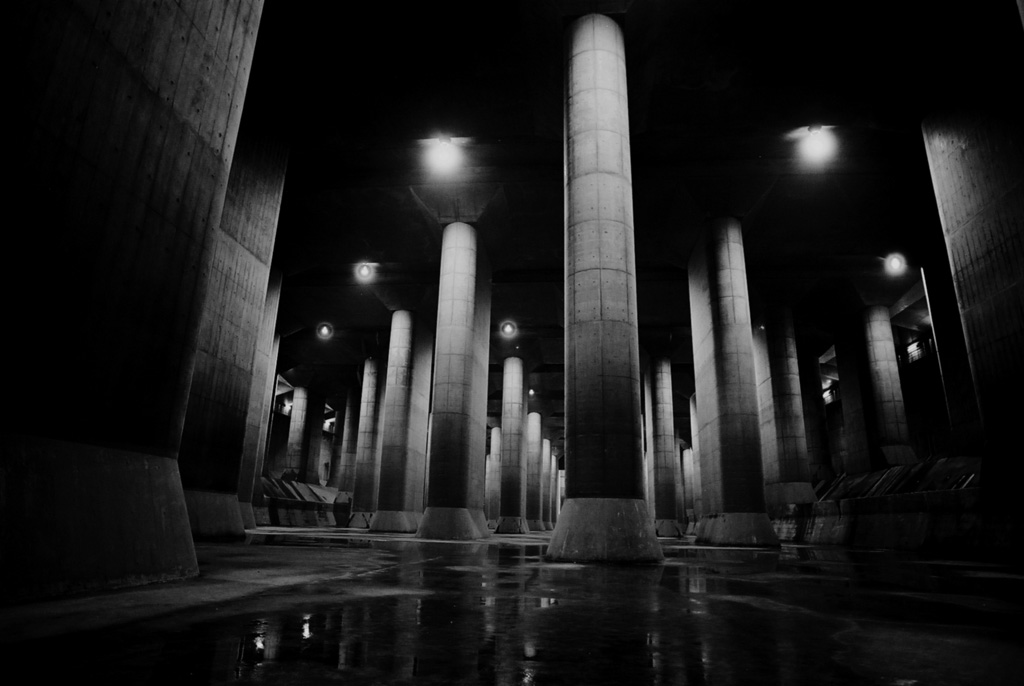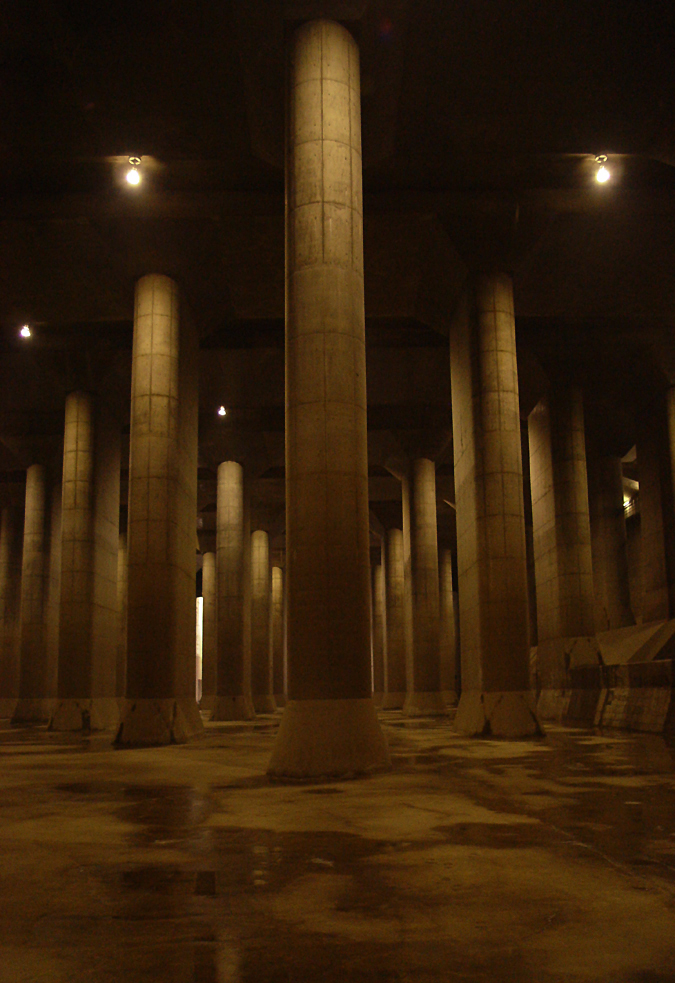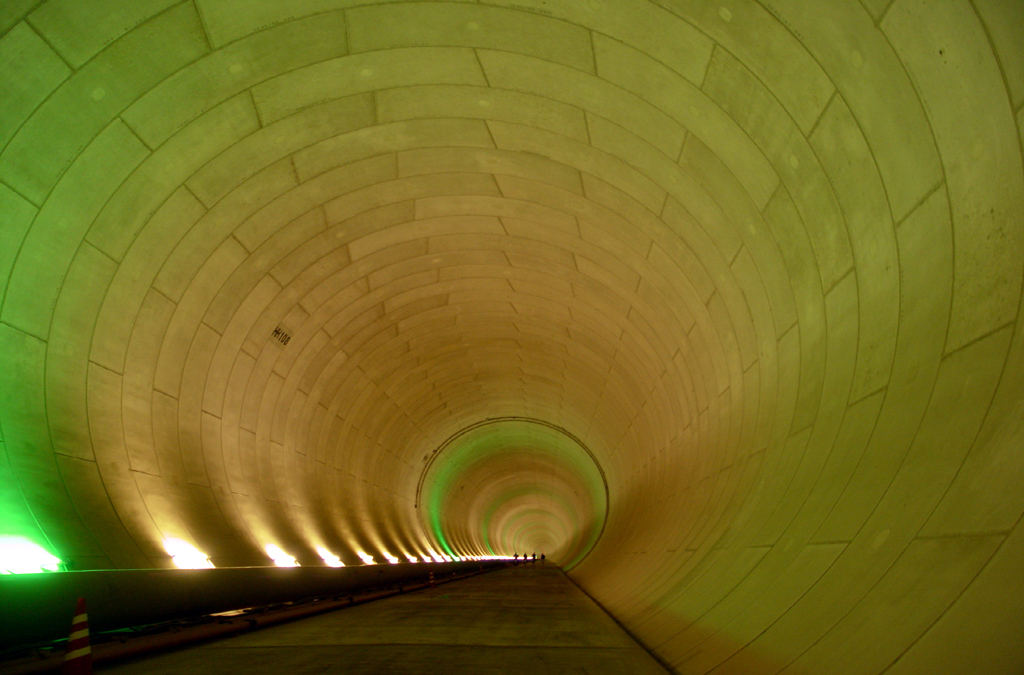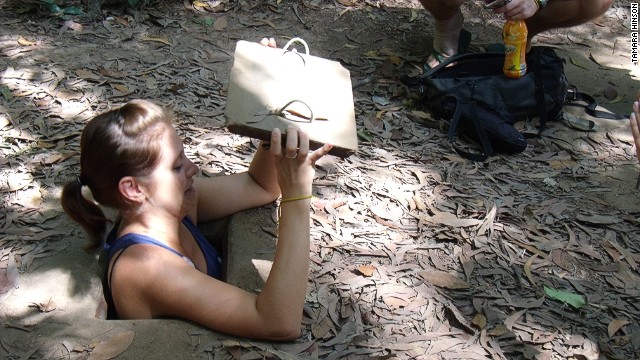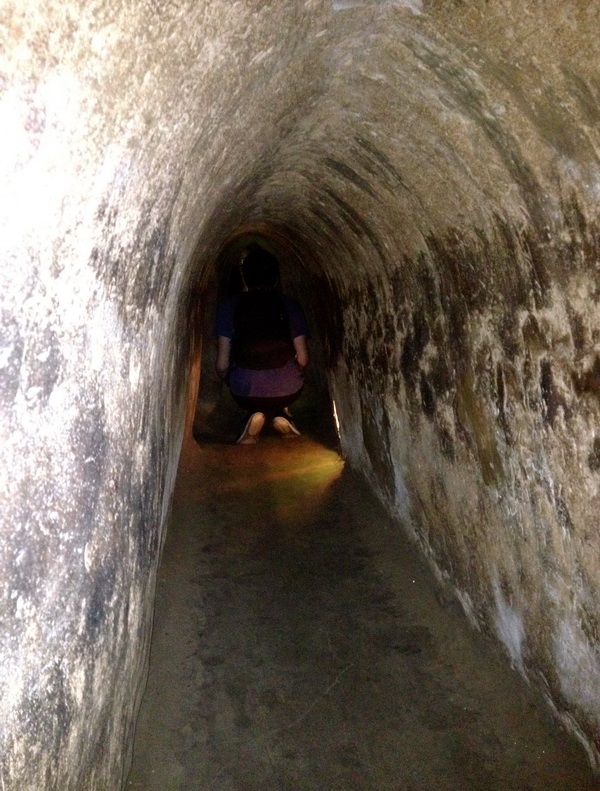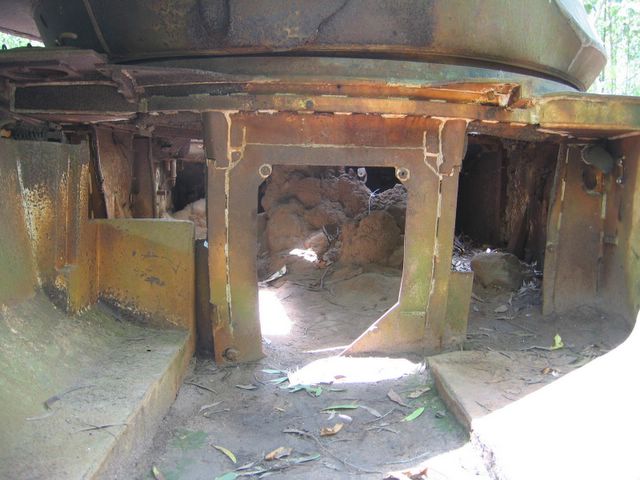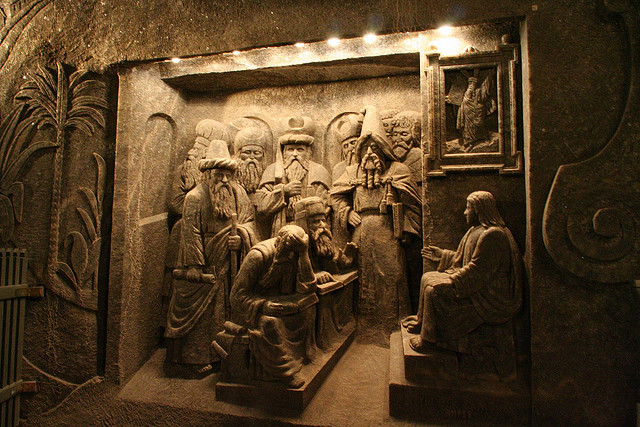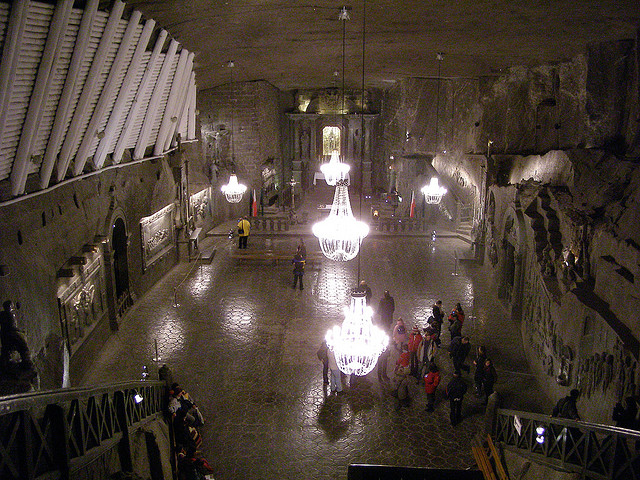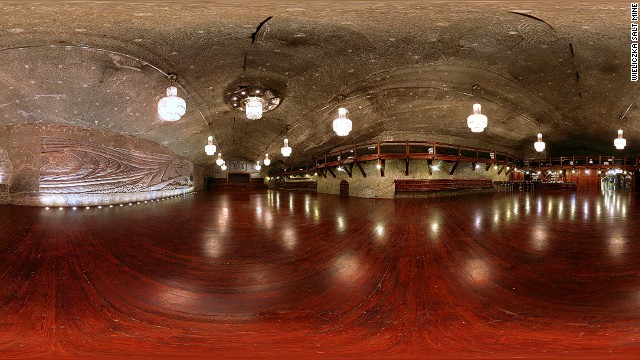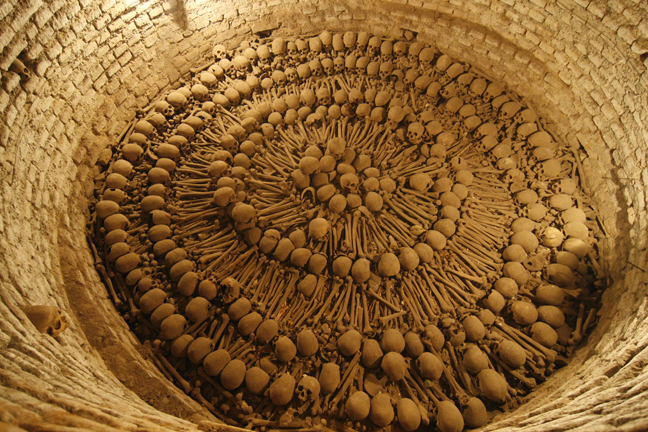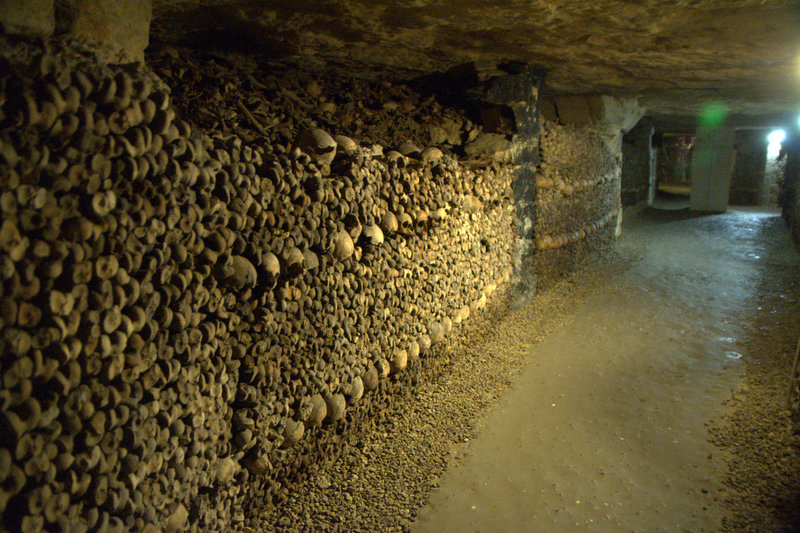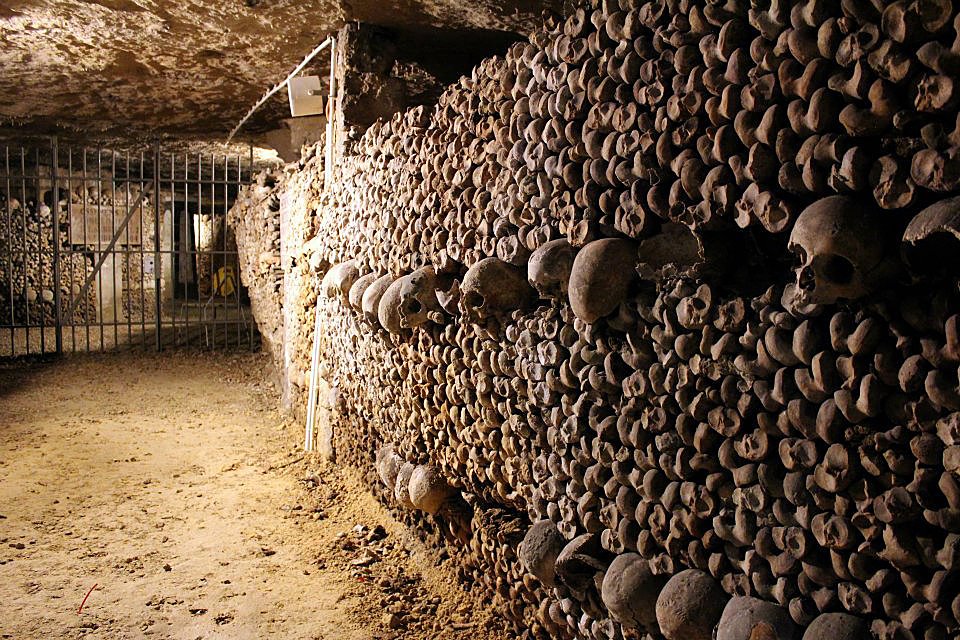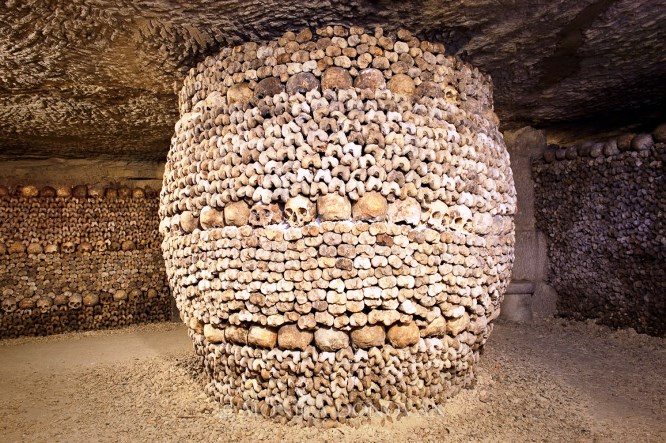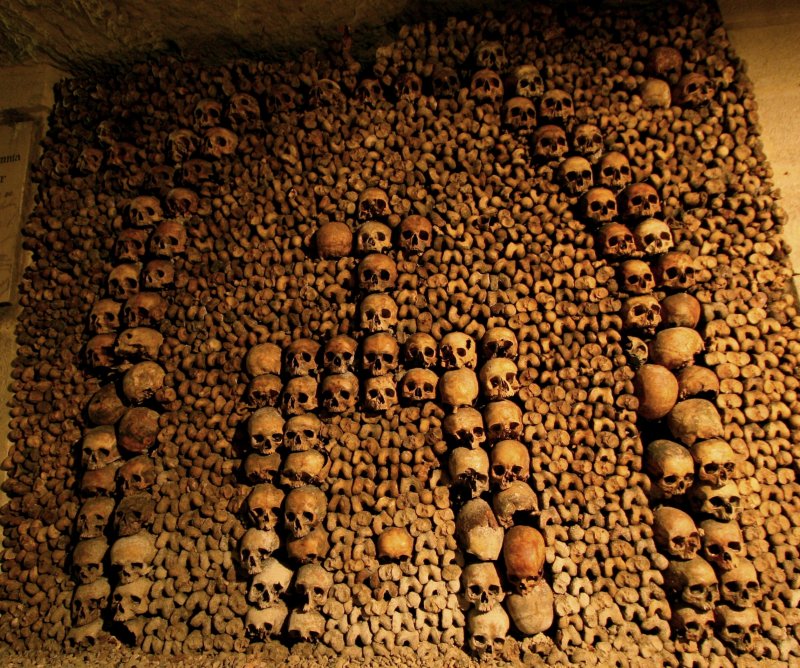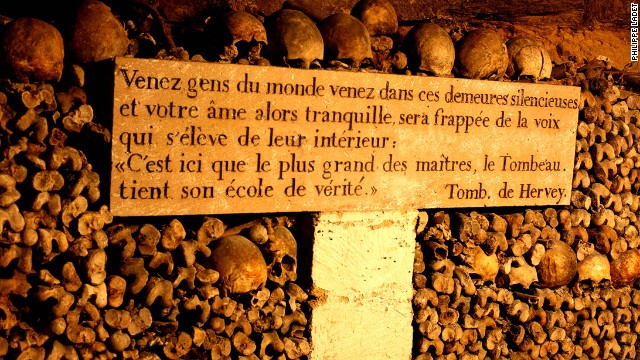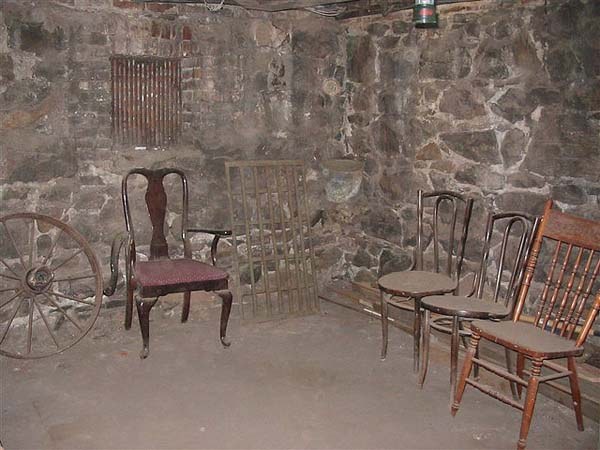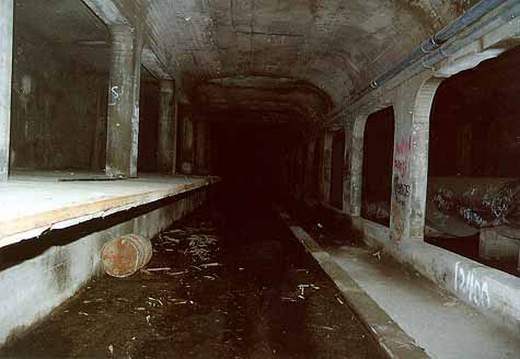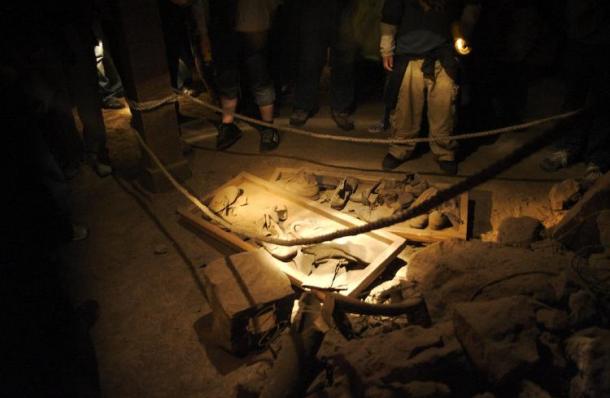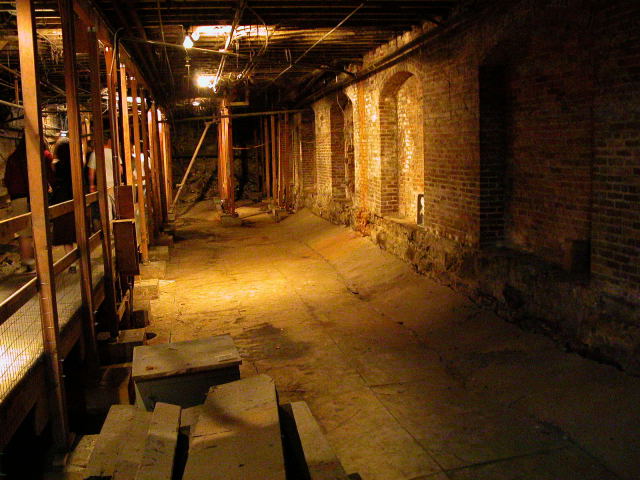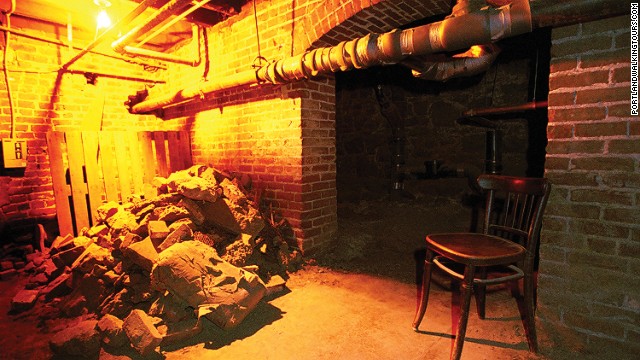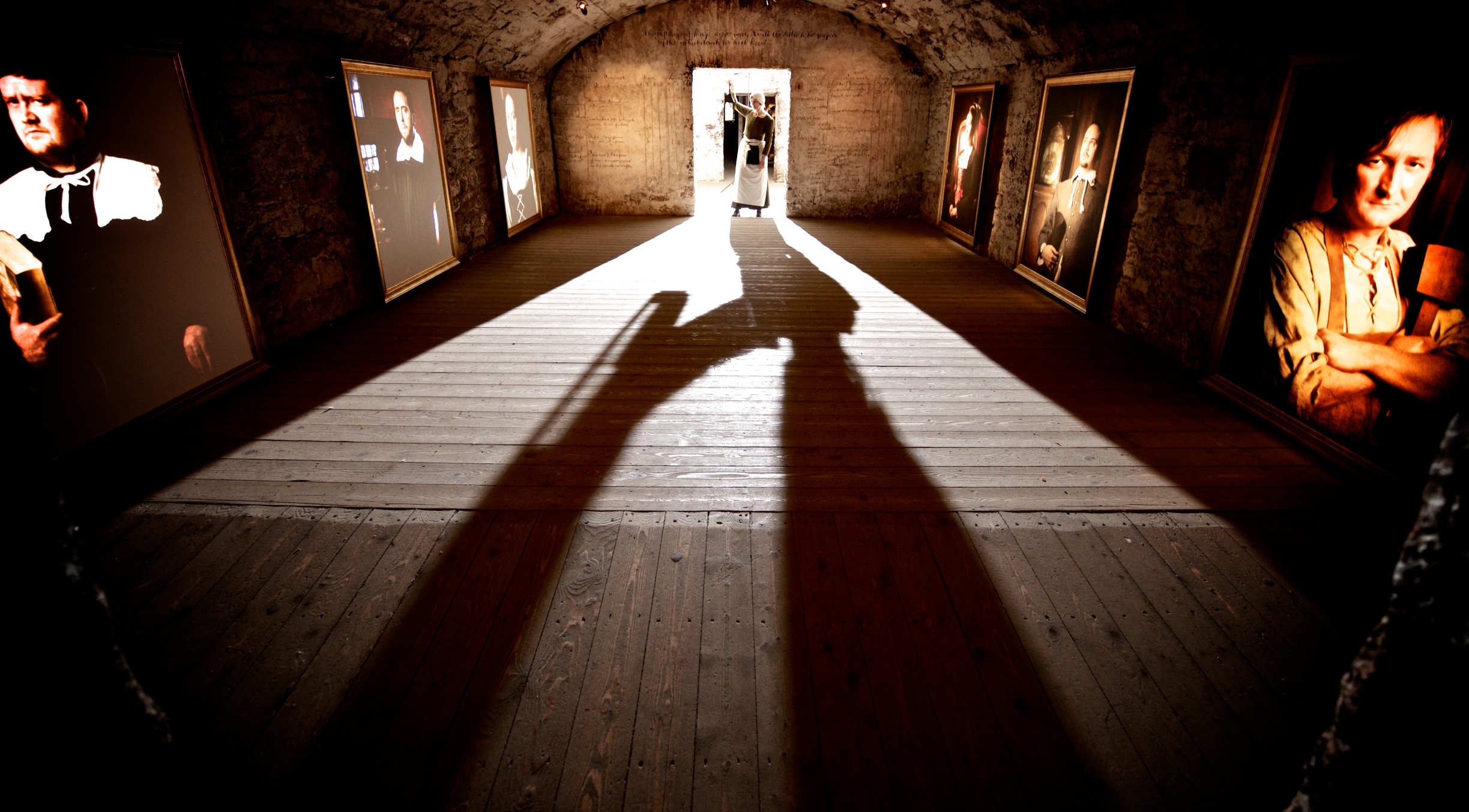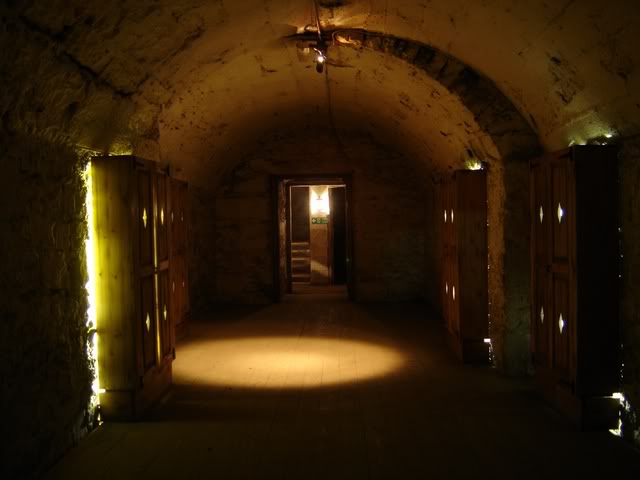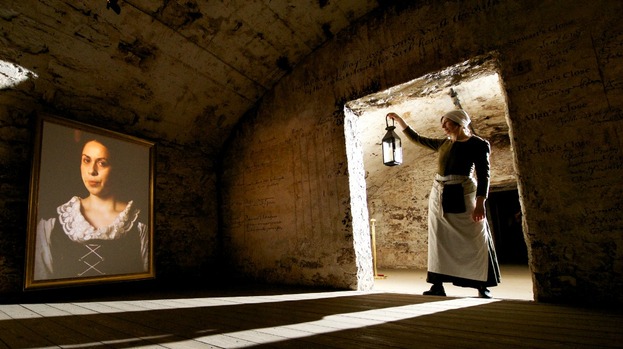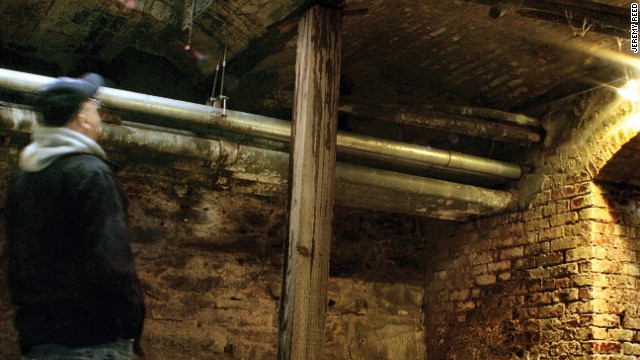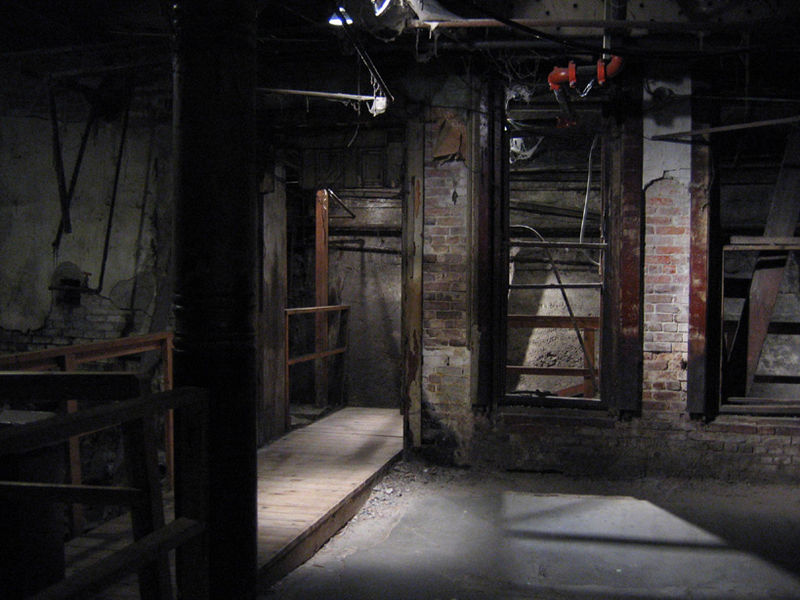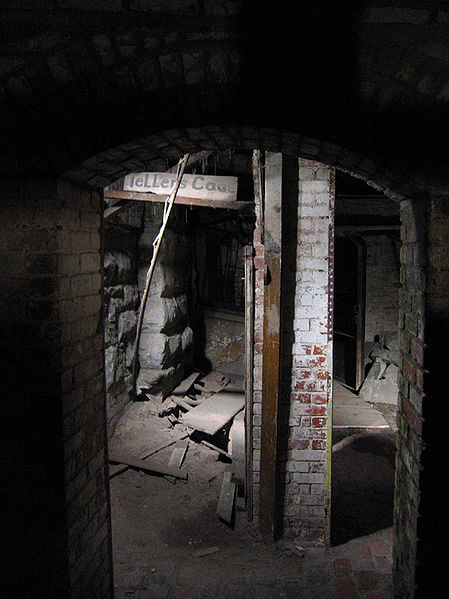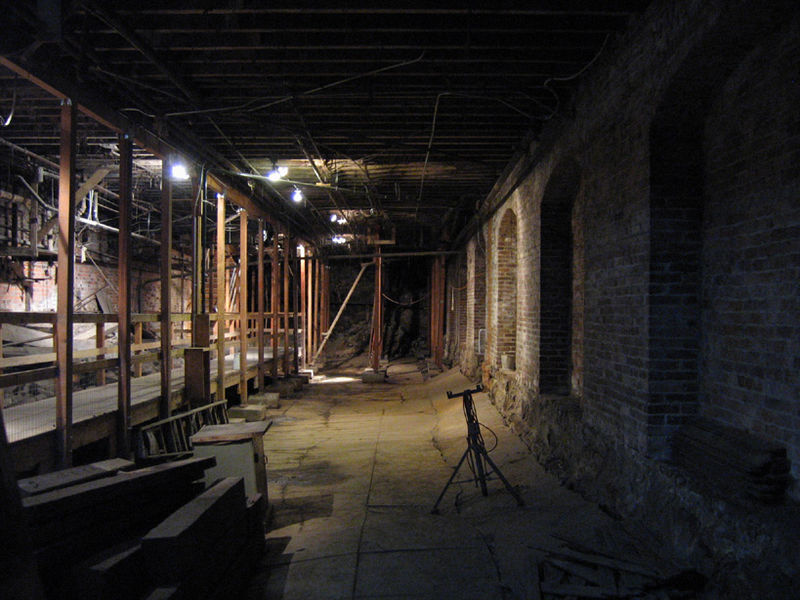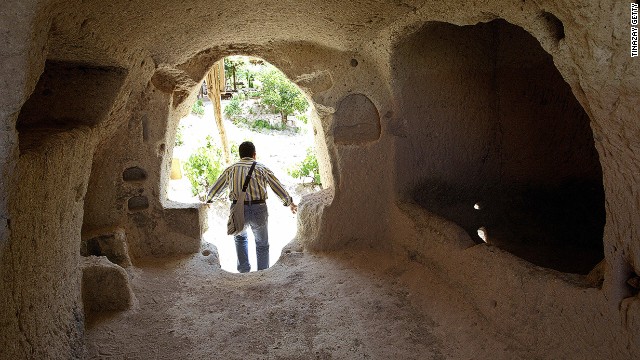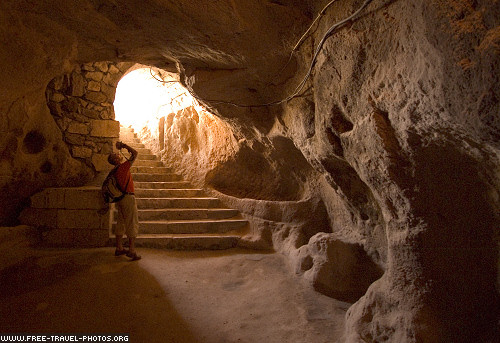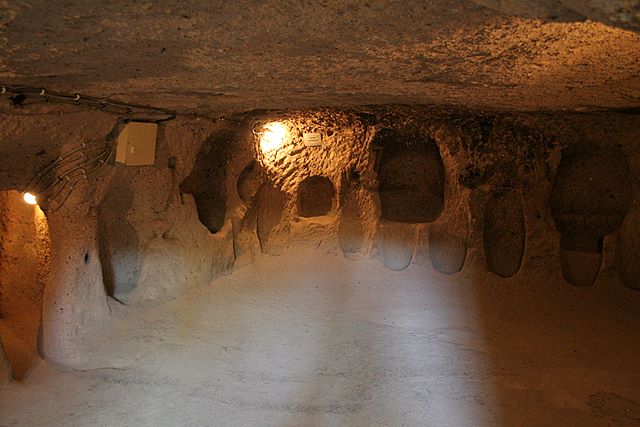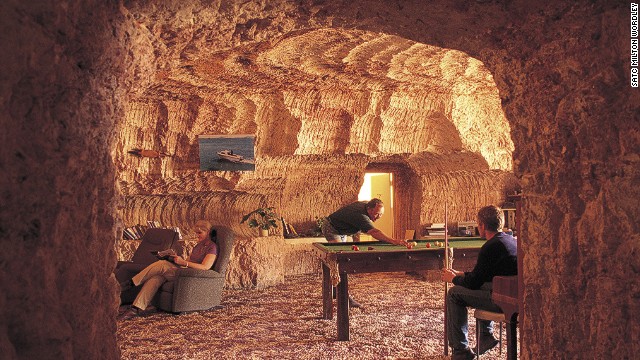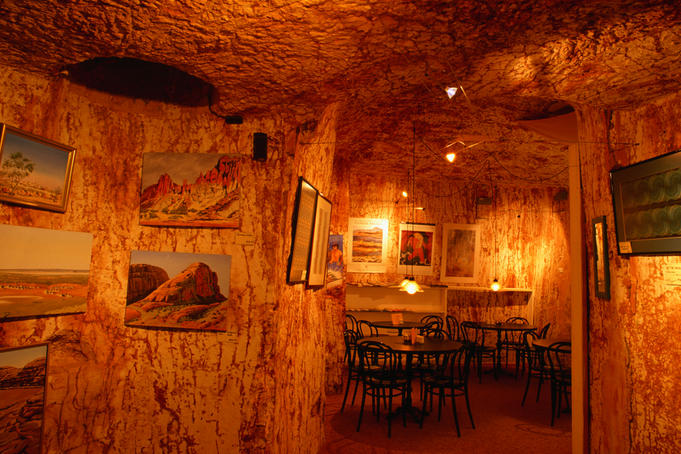From Caves, Tunnels And Salt Mines: The World’s Top Underground Tourist Locations
Crazy about bunkers, caves and tunnels around the world? From Malaysia's Mulu caves to the Viet Cong's tunnels and a Parisian necropolis, here are some of the world's best subterranean sights.
Mulu Caves, Gunung Mulu National Park, Malaysia
The Mulu Caves are located in the Gunung Mulu National Park in Borneo and are one of the top tourist attractions in Malaysia.
Image via blogspot.comThe park encompasses incredible caves and karst formations in a mountainous equatorial rainforest setting.
Image via staticflickr.comThe Mulu Caves in Borneo are some of the most expansive on Earth. Carved out of limestone in Gunung Mulu National Park, the caves span at least 225 miles (362 kilometers) of underground passages.
Image via prafulla.netThe park encompasses incredible caves and karst formations in a mountainous equatorial rainforest setting.
Image via asievoyage.netGunung Mulu National Park near Miri, Sarawak, Malaysian Borneo, is a UNESCO World Heritage Site that encompasses caves and karst formations in a mountainous equatorial rainforest setting. The park is famous for its caves and the expeditions that have been mounted to explore them and their surrounding rainforest, most notably the Royal Geographical Society Expedition of 1977–1978, which saw over 100 scientists in the field for 15 months. This initiated a series of over 20 expeditions now drawn together as the Mulu Caves Project.
G-Can flood surge tunnels, Tokyo, Japan
Anyone but claustrophobes should find this vast temple to underground engineering impressive. Begun in 1992, the tunnels -- 50 meters deep and six kilometers long and growing -- contain pumps and tanks dedicated to keeping Tokyo dry during the rainy season. The highlight is the enormous, temple-like main tank, which contains 78-horsepower pumps and is supported by 59 enormous pillars.
Tours of this engineering marvel, built to keep Tokyo dry during the rainy season, take place three times a day.
Image via wordpress.comTokyo G-cans project: widely known as Tokyo underground flood tunnels is the networks of tunnels 6.4 kilometers (four miles) long built deep under the ground in the Tokyo suburbs.
Image via magnesiumagency.comIt looks like an underground temple or, as the English language brochure describes it, an underground Parthenon-like structure.’
Image via magnesiumagency.comAll this infrastructure is dedicated to prevent flooding when Tokyo metropolitan area rivers are overfilling during the rain seasons or in case of typhoons.
Image via magnesiumagency.comCu Chi tunnels, Vietnam
The Cu Chi tunnels were used by the Viet Cong during large parts of the Vietnam War as living quarters, hospitals, supply routes and storage areas -- even a tank was found in one of the tunnels.
This 120-kilometer-long complex, part of a much larger network throughout the country, now operates as a war memorial and visitors -- or at least those who can squeeze through the tiny trapdoors -- can explore several of the tunnels.
The Cu Chi Tunnels are an elaborate underground community made up of 250 km of tunnels and chambers below the city.
Image via vacationsidea.comThe tunnel systems were of great importance to the Viet Cong in their resistance to American forces, and helped achieve ultimate military success.
Image via vietnam-in-pictures.comWieliczka salt mine, Krakow, Poland
The Wieliczka salt mine, in southern Poland, was worked from the 13th century right up until 2007. Now a two-mile-long section of Wieliczka -- accounting for only 2% of the entire length of the mine's passages -- is open to the public.
urban-review.comThings to see include statues, a chapel and a cathedral carved out by miners, all under light cast by chandeliers made from rock salt.
Image via blogspot.comA chapel and cathedral carved out by miners are highlights here, under chandeliers made from rock salt.
Image via bayoubuzz.comThe Paris Catacombs, France
The catacombs of Paris are ideal for people who like their tourist attractions a little on the dark side. The catacombs contain the remains of more than six million people whose bones were interred here between 1785 and 1860, when the city's cemeteries became full.
The neatly stacked piles of bones within include the remains of many who lost their heads to the guillotine during the French Revolution.
Image via bhavinionline.comA tour explores one mile of the 180-mile-long maze of tunnels, which lie at a depth of 20 meters.
Image via trekearth.comJust a small amount of the remains of nearly 6 million people that are located in the Catacombs.
Image via blogspot.comThe Catacombs are one of the 14 City of Paris’ Museums that have been incorporated since January 1, 2013 in the public institution Paris Musées.
Image via bhavinionline.comTours pass by neat stacks of bones, including many Parisians who fell victim to the guillotine.
Image via turner.comShanghai Tunnels, Portland, Oregon, United States
The Shanghai Tunnels are a series of passages that connect the basements of many downtown Portland bars and hotels to the waterfront on the Willamette River. Used prior to the 1800s to move goods from the ships that docked here, the tunnels got their name from the belief, probably false, that they were associated with "shanghaiing" -- the practice of kidnapping men to serve as sailors.
The Shanghai Tunnels, also known as the Forbidden City, are believed to have been used for other illegal activities such as prostitution.
Image via wp.comThe tunnels connect several basements of local hotels and bars to the Willamette River. The tunnels run from Old Town to downtown Portland.
Image via paranormalhaze.comBetween 1850 and 1941, men were “shanghaied,” or kidnapped, typically through trapdoors in bars and saloons, and held in the tunnels until they were sold to sea captains as slaves. Women were also captured and sold into prostitution, often transported to other cities.
Image via livability.com“The Shanghai Tunnels, less commonly known as the Portland Underground, are a group of passages running underneath Old Town/Chinatown down to the central downtown section of Portland, Oregon, United States.
Image via hauntedplaces.coMary King's Close, Edinburgh, Scotland
Mary King's Close didn't used to be underground -- it was Edinburgh's busiest street until the plague struck in 1645. The densely inhabited close was infested badly and a quarantine imposed on the 500 or so people who lived there in a bid to contain the disease. Many of the inhabitants were simply left to die -- hence the stories of hauntings. The close was eventually opened up again and inhabited until 1753, when the residents were finally evicted to make way for new buildings built above the old street.
Back in the 1600’s, Mary King’s Close and neighbouring Closes were at the heart of Edinburgh’s busiest and most vibrant streets, open to the skies and bustling with traders selling their wares to the Old Town’s residents. Why would this street find itself underground 400 years later?
Image via haunted-scotland.co.ukA unique and historic site, it is a dark, underground time capsule, thought by many visitors to be haunted by its former inhabitants.
Image via stvfiles.comSeattle Underground, Washington, United States
When the Great Seattle Fire destroyed swathes of the city in 1889, municipal bosses decided simply to rebuild it one or two stories higher. Built on mudflats, the original settlement had been prone to flooding. Several oceans of concrete later, the new city rose between three and 10 meters above the old.
An image of the "Seattle Underground"— the facade seen here was at street level in the mid-1800s
Image via wikimedia.orgThe concrete floor of the former meat market was originally at the level of the wooden platform on the left, but sank over time because of decomposing sawdust fill.
Image via wikimedia.orgCappadocia, Turkey
The 200 so-called underground cities of Cappadocia -- dense elaborate networks carved into the soft rock of the Turkish region, capable of sheltering thousands of people -- may have been started as long ago as the 8th century BC. Whoever built them failed to leave their initials on the walls but the Phrygians (an ancient Indo-European tribe) may have been responsible, with later expansion by the Persians.
Carving of Cappadocia's vast underground cities may have begun three millennia ago.
Image via turner.comAlmost half of Derinkuyu is open to tourists. It's connected to another subterranean settlement you can explore, Kaymaklli, via an eight-kilometer tunnel.
Image via stills360.comDerinkuyu, extending to a depth of 60 meters, is the largest cave -- it once housed 20,000 people, as well as their livestock.
Image via free-travel-photos.orgIt's known early Christians hid in the man-made caves while they were still being persecuted for their religion.
Image via cappadociaturkey.travelCoober Pedy, South Australia
The town's name comes from a mispronunciation of an Aboriginal phrase thought to mean "white man in a hole." Because of outdoor temperatures that climb above 120 degrees, most residents live in underground homes carved into the rock. Shops, churches, hotels, and even a swimming pool make coming up for air unnecessary.
china.comMost residents of this South Australian town live underground, to escape the blazing outback heat. There are subterranean shops, a hotel and a restaurant.
Image via turner.comThe Underground Restaurant in Coober Pedy. Most establishments are underground as temperatures above ground can reach over 50 degrees in summer.
Image via lonelyplanet.com